#freelance design
Text

A Designer’s Guide to Entrepreneurship
More here.
Follow WE AND THE COLOR on:
Facebook I Twitter I Pinterest I YouTube I Instagram I Reddit
5 notes
·
View notes
Text
Clients Are Demanding More Web Design Freedom
New Post has been published on https://thedigitalinsider.com/clients-are-demanding-more-web-design-freedom/
Clients Are Demanding More Web Design Freedom
Web designers love to client-proof their creations. It’s all about preventing a rogue client from mucking up a layout or feature. After all, everyone’s happy when things look good.
The practice keeps those technical support requests to a minimum. Or at least it did.
These days, it seems like clients are eager to experiment with design. The more we lock down features, the more frustrated they get. It’s been a growing trend in my freelance business.
I often receive design queries from clients. They want to know how to create specific layouts. Or how to embed video or other third-party content.
It marks a change from how things used to be. So, why are clients suddenly interested in doing it themselves? I have a few theories! I also have thoughts on what we can do to meet this need.
There’s a Higher Standard for Web Design
Today’s clients are avid web consumers. Some have grown up alongside the internet. Therefore, they possess a different set of sensibilities.
The web used to be a novelty. The clients I served 10+ years ago weren’t as attuned to user experience (UX). If anything, they asked for features that went against the grain in this area.
Sure, I still get requests for such features. But they have decreased significantly.
I more often hear from people who want to replicate a specific look. They want a page layout similar to a big brand or competitor.
True, they may want these results on a much smaller budget. But they have an idea of how a website should look and work. And it’s miles away from the clunky designs of yesteryear.
Clients are surrounded by better design. And they want the same for themselves.
No-Code Tools Are Promising a Better Experience
We’ve witnessed an influx of browser-based design tools in recent years. Proprietary systems like Wix market themselves as do-it-all solutions. Even open-source apps like WordPress have gotten into the game with its Site and Block Editors.
The message is that anyone can build a website. Sure, the reality may be blurred (and there’s no mention of quality). But these tools have raised the bar of expectation.
For some website owners, having a site is no longer enough. They also want to create content and personalize the look. Empowered clients, yay!
However, this is a less-than-ideal situation for web designers. We want our clients to accomplish great things with their sites. But there’s a price to all of this newfound freedom.
These tools make building a custom layout easier. But things can get out of hand rather quickly.
I’ve seen this with the WordPress Block Editor. There’s a lot to love about it. However, it doesn’t guarantee success. Those unfamiliar with design can paint themselves into a corner.
For example, building layouts that are hard to maintain. Or accidentally dragging a block into the wrong space. All good for our job security. Not so much for our mental health.
Yes, anyone can build with a no-code tool. But it still takes careful thought and foresight to do it well. That’s why locking things down is still so attractive.
What Should Web Designers Do?
We want to keep our clients happy. Plus, there’s only so much lecturing we can do. So, how can we provide the flexibility clients want while also safeguarding their site?
There are a few ideas that come to mind:
Build with Flexibility in Mind
I’m a very purpose-driven designer. I like to build features that match a client’s stated needs. But sometimes, that leads to inflexibility.
A client will attempt to use a feature in a way that I didn’t intend. The result is often a frustration for both parties.
The lesson here is to build with flexibility in mind. Consider other ways a client may use a feature. Then, provide options for making it work.
Custom WordPress blocks are a good example. Instead of creating a block with a singular layout option, go the extra mile. Add column and row layouts. Allow for different types of content to be input.
These little steps can mitigate issues down the road. Clients won’t have to think outside the box – they’ll already have everything they need.
Invest in Client Education
Design tools are more powerful than ever. That’s a good thing. However, a well-intentioned client could use them to cause havoc.
When people know better, they do better. Thus, education can be just as powerful.
Sit down with clients and teach them the basics. Provide documentation that spells out best practices and things to avoid.
Granted, not everyone has time to do this. In that case, you might employ a third-party resource to help. Curate a list of videos and tutorials to put clients on the right path.
Again, prevention is the best medicine here.
Lock Down What You Can
None of this means we should stop locking things down. A client-proof website is still a noble goal. We might have to be more selective, though.
Tools like the WordPress Block Editor include a locking feature. You can use it to prevent those unintended consequences. Adding block patterns could also satisfy the need to create custom layouts.
You might also seek to limit user permissions. If there’s an area that a client should never touch – don’t give them easy access.
Think about the site’s most mission-critical aspects and act accordingly.
Web Designers Need to Meet Clients Where They Are
Today’s web design clients want to do more with their sites. Sure, they want us to build them something beautiful and functional. But they also want the ability to do it themselves.
There’s no going back on this. The cat’s already out of the bag. Thus, we need to adjust to match these expectations.
We can achieve this through a bit of foresight. Anticipate how clients will interact with their website. Build features that can withstand whatever they throw at it.
We’ll still make mistakes. Plus, some clients will be prone to mishaps. However, these experiences are learning opportunities. Take them and keep evolving. After all, our clients aren’t slowing down.
Related Topics
Top
#apps#box#browser#Building#Business#change#code#consumers#content#creativity#Design#Design Clients#designers#documentation#easy#education#Features#freelance#Freelance Business#Freelance Clients#Freelance Design#game#Giving#hand#Health#how#how to#Ideas#Internet#issues
2 notes
·
View notes
Photo


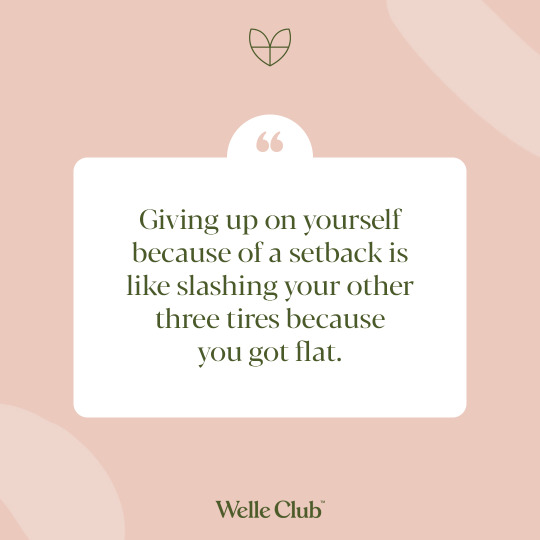




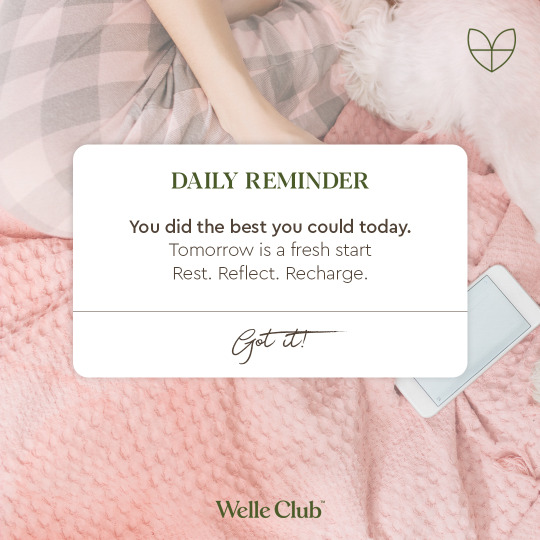

Instagram post designs for Welle
#layouts#layout design#layout#instagram posts#freelancer#freelance designer#freelance design#instagram post design#instagram post#branding#ads#ads design#brand design#marketing strategy#advertisement design#graphic design#social media manager#social media#social media posting#ads for instagram#instagram layout#design#advertisement#poster#poster design
2 notes
·
View notes
Text
Hi all, I have started #freelance design if anyone is looking for any graphic design services or social media marketing, please reach out to me on #LinkedIn @LinkedInAU
linkedin.com/services/page/…
#GraphicDesigner #socialmediamarketing #freelancer #SmallBusiness #soletrader
1 note
·
View note
Text




More freelance design/logo work for local PR startup Vida Infusion.
#freelance#logo#freelance design#logo work#logo design#startup#illustration#adobe illustrator#vector art#graphic designer#vector illustration#adobe photoshop
0 notes
Text

redraw of that one photo (under the cut)

#spent like 4 hours of this for no other reason than 'hehe funny'#back at it with my indecisivenes. last 30 mins i had this post ready but i decided to change some colors and redo the smoke entirely#crunchchute art#my art#sam and max#freelance husbands#was considering doing a 2nd version with the cake topper designs and a 3rd with the cartoon designs but then scrapped that and instead did#a full color piece
2K notes
·
View notes
Text


hi so basically i've fallen into salmonmac hell and have sucked up every ounce of content like an ameoba. finished hit the road recently and i like their wedding outfits from the dress up minigame a normal amount
#this is my fav variation of them wearing wedding outfits but the ones from the cartoon are also very good. sam wearing a dress is everythin#though max in pants is just plain wrong 2 me so when they get legal gay married i think they should both wear dresses. *Nodding to myself*#also max looks different from in my last post Sorry i realized that this design is peak as it is and i shant do anything to it#sam and max#freelance husbands#drawn in graphite and colored digitally btw <3#my art#RETURN OF THE BLANK BACKGROUND sorry i'll never change
2K notes
·
View notes
Text



Some illustrations I'm currently working on for a new project.
#illustration#graphic design#illustrators on tumblr#design#freelance#illustrator#geometrical art#freelancer
450 notes
·
View notes
Photo

what a dandy lion!!
a piece to mitigate the (dandy)lion hate, species depicted are the painted lady butterfly, melipotis moth, mining bee and jewel beetle!
#nature#artists#artist#artist on tumblr#fantasy#bugs#illustration#graphic design#art#woodburning#freelance artist#D&D#my art#ecology#scientific#science#dandelion#queer#queer artist#queer art#plants#insects
2K notes
·
View notes
Photo

[Freelance] THI Holding Group - Pamplet
Available in English - Japanese - Chinese.
0 notes
Text
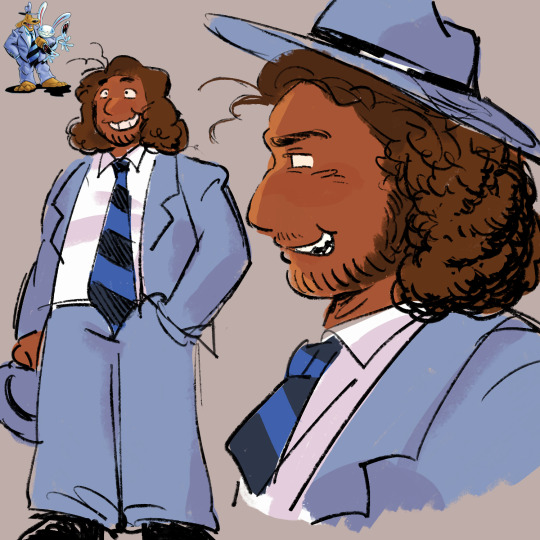
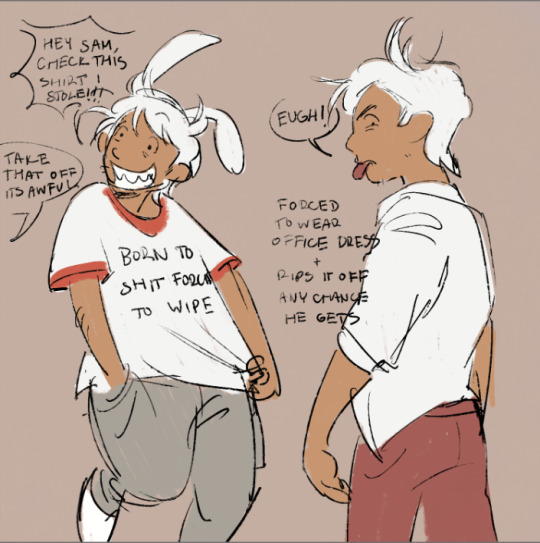



Sam and max but i beamed their fur off (i like them)
#max is filipino and sam is black/mexican and italian if yr curious#sam and max#freelance police#freelance husbands#zemboart#sam & max#max was actually so hard to design it was ridiculous. meanwhile sam tooj me 2 seconds whats up with that
576 notes
·
View notes
Text

Monetizing Your Design Talents Online: A Guide for Freelance Designers
More here.
Follow WE AND THE COLOR on:
Facebook I Twitter I Pinterest I YouTube I Instagram I Reddit
6 notes
·
View notes
Text
Has Web Design Become Too Complex for Freelancers?
New Post has been published on https://thedigitalinsider.com/has-web-design-become-too-complex-for-freelancers/
Has Web Design Become Too Complex for Freelancers?
Web designers take pride in being knowledgeable. We help clients navigate challenges and establish their little corner of the internet. We guide them toward success. Doing so requires experience and know-how.
The industry has worked this way for years. However, the situation feels different these days. The job is now akin to untangling a ball of wires. We keep pulling strands while continually finding new knots.
Building websites is no longer straightforward. There is no shortage of moving parts to manage. Not to mention the related technologies we work with. It’s enough to keep freelancers up at night.
So, how did we get here? And what can we do to bring some sanity back to our lives? Let’s try and sort this out together.
More Powerful Websites Equals More Responsibility
Building a high-functioning website was once limited to enterprise organizations. They had the resources to build from the ground up. The rest of us had to settle for less.
That’s no longer the case. For example, there are now eCommerce solutions for all budgets. A freelancer can put an online store together with off-the-shelf parts.
Tools like WordPress and its ecosystem have closed the gap. The benefits are tangible. A highly functional site is now within everyone’s reach. A whole market has opened up for solo entrepreneurs and small agencies.
However, these tools also place a great deal of responsibility on developers. We now have to consider:
Keeping software up to date;
Security monitoring and remediation;
Interoperability with payment gateways, etc;
Adapting to changes in software;
Accessibility;
Privacy regulations;
Performance;
Customer support and training;
Large organizations have staff dedicated to these tasks. They should also have the budget and expertise to do the job right.
As for freelancers? Well, we must do all or most of it ourselves. All on a shoestring budget.
Looking after a single website is hard enough. Now, multiply that difficulty by the number of sites you manage. The whole thing seems unsustainable.
Website Issues Are More Complicated than Ever
Odds are, you don’t have time for a broken website. But break they do. And their issues tend to be complicated.
Sometimes, it’s a software incompatibility. Perhaps that plugin update isn’t playing nicely with the rest of your site. You may have to work with support staff to find a resolution. That could take days or weeks.
Security issues are even worse. A hacked website can leave you scrambling for answers. And it can easily monopolize your time. There’s also the possible hit to your (and your client’s) reputation.
Then there are unexpected changes to the software we use. Themes and plugins may undergo major revisions that require developer action. From there, it’s about researching and implementing the necessary changes.
Fixing these issues takes time and money. They also place a burden on freelancers and website owners.
How Do We Simplify This Mess?
Maybe the proverbial cat is already out of the bag. Websites are increasingly complex – and they aren’t going back. Clients aren’t likely to ask us to code like it’s 1999.
Having said that, what are some realistic things we can do to simplify? Here are a few possibilities.
Build Websites According to Need
Yes, modern website platforms are complicated. However, web designers should also share some of the blame.
We often reach for these solutions – even when they’re not necessary. The result is an over-engineered site with a lot of moving parts. Seriously, does a small brochure site need a dozen WordPress plugins?
All of these tools are within our reach. So, we use them time and again. Maybe it’s time to do more with less.
The bottom line is thinking about your current and future needs. Build websites that are as lean as possible – with room to grow.
Take Advantage of Automated Tools
We can’t be everywhere at once. However, keeping track of the websites we manage is a full-time job.
Several automated tools can help. We can employ them to monitor security issues, uptime, and performance. They can also apply software updates.
None of this means we should stop checking these items manually. We still have a responsibility to ensure everything’s working.
The idea is to spot issues and get them fixed more quickly. Automation provides an avenue for busy freelancers to do so.
Shift the Burden Where Appropriate
Web designers tend to take responsibility for tasks outside our expertise. Think email deliverability or information technology (IT) issues. It’s a common problem when working with small organizations.
Advising clients on these subjects is one thing. But maintaining them should be their job. Or they should hire specialists to deal with them.
Too often, we are stuck doing more than we should. Clients naturally come to us for answers. However, each task only adds a layer of complexity to our job. Things can get out of hand in a hurry.
Creating boundaries can help. Define your areas of expertise and stick to them. Inform clients on what you can and can’t do.
They’ll have a better understanding of who to call for specific tasks. And you’ll have more time to focus on the things within your niche.
Web Designers Must Adapt to a New Reality
Being a freelance web designer has never been more complicated. There are so many tools, technologies, and best practices to study. Meanwhile, client expectations are through the roof.
All told, it’s getting harder to do our job. Therefore, we must take advantage of anything that helps us simplify.
Perhaps we also need to take a look in the mirror. How are the choices we make impacting our workload? Where can we make improvements?
The old methods of web design no longer work. Not when there is so much ground to cover. We must adapt to the reality in front of us.
Communication should also be a priority. We need to educate clients about the benefits and drawbacks of a given approach. Together, we can choose what’s right for them with an understanding of the consequences.
The key is to find better ways to assess and manage risk. That will help us transition to the next chapter of our industry.
Related Topics
Top
#Accessibility#approach#automated tools#automation#budgets#Building#code#communication#complexity#deal#Design#designers#Developer#developers#email#enterprise#focus#freelance#Freelance Career#Freelance Clients#Freelance Design#freelancers#Full#Future#gap#gateways#hand#how#impact#Industry
1 note
·
View note
Photo

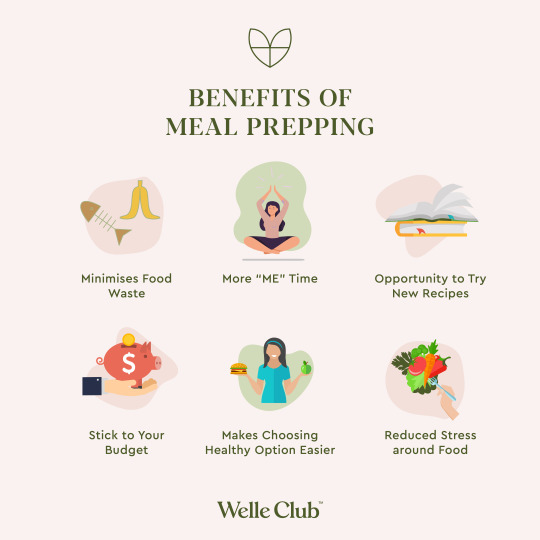
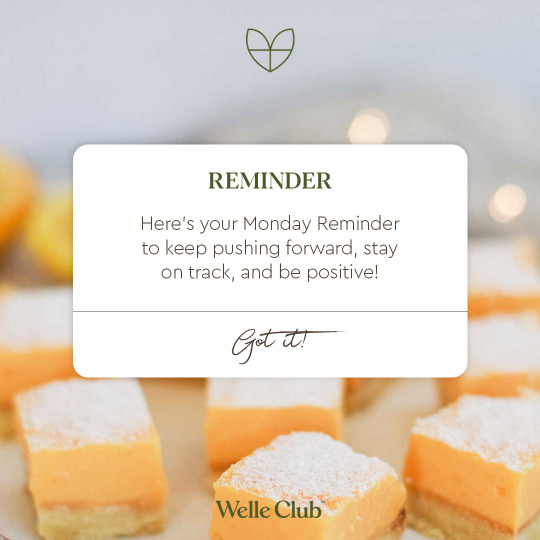

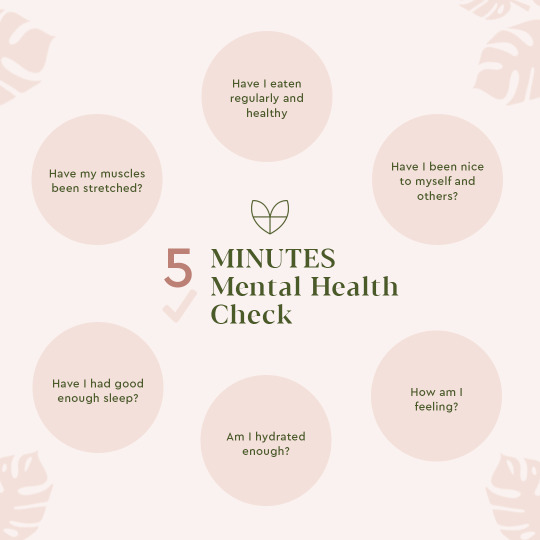


Instagram post designs for Welle
#layouts#layout design#layout#instagram posts#instagram post#instagram post design#branding#ads#ad design#advertisement design#marketing strategy#brand design#graphic design#graphic designer#freelancer#freelance design#freelance designer#social media#social media manager#social media posting#ads for instagram#instagram layout#design#advertisement#poster
2 notes
·
View notes
Text

First week of my beloved @shepscapades ’s Hermitcraft Character Design event!
for this week I chose to design my special boy bdubs as a druid for the dnd class challenge. what can i say, this man loves greenery, finding beauty in the world, horses, and i think if he had the option to blow people up with nature magic he would love that.

#also this is basically. my freelance job designing peoples ttrpg characters so. expert <lie#dans ma vie#briseiseart#hermitcraft#bdoubleo100#bdubs#shepshermitdesign23
1K notes
·
View notes
Text

Mockup freelance illustration commission for local Chicago client. Concept was for a children's book about rap.
#freelance#logo#design work#design#freelance design#illustration#children's book#cartoon#cute#character design#rap#hip-hop#kids#colorful
0 notes